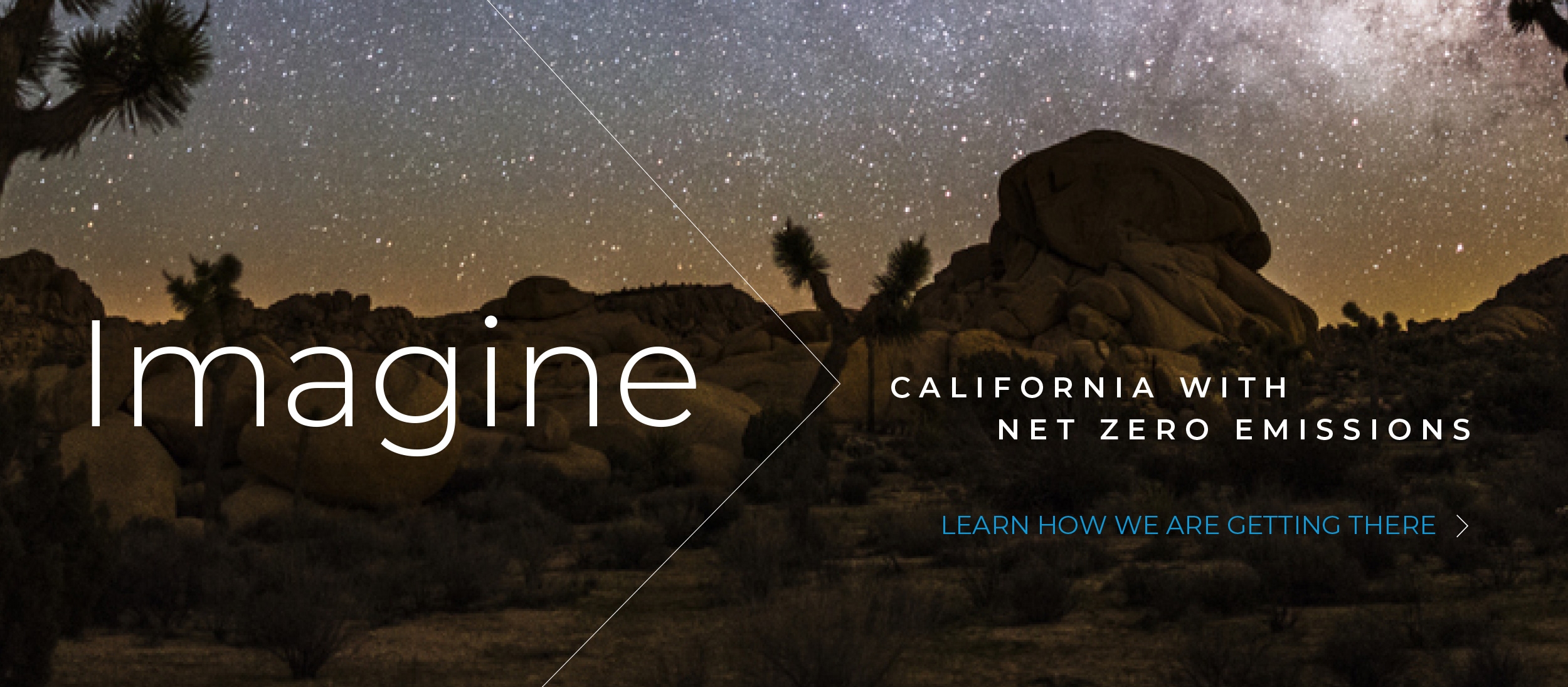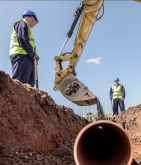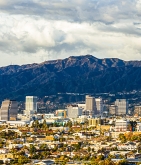By Scott Drury, CEO of SoCalGas
A version of this op-ed originally appeared in CalMatters on Oct. 26, 2021
Solar panels, windmills and electric vehicles might be the most visible signs of our changing energy landscape, but clean fuels such as hydrogen and renewable natural gas also will play a significant role in transforming our nation’s energy system. California can accelerate a more equitable and affordable energy transition by adopting several important policy changes to accelerate the deployment of fuels that produce fewer greenhouse-gas emissions.
An important first step will be to establish a procurement standard for clean fuels such as hydrogen and renewable natural gas, just like the renewable standard used today by electric utilities.
This week, SoCalGas released a new analysis that examines the complexity of reaching zero-emission energy sources by 2045.
This analysis builds on existing climate models used in studies commissioned by state agencies, and the modeling work and results were independently verified by scientists at leading California research institutions. For California policymakers and advocates, the implications are clear.
First, the electric and gas systems aren’t competitors. Instead, they complement each other’s strengths. Electrification combined with zero-emissions fuels and carbon management delivers the most affordable, resilient and technologically proven path to full carbon neutrality.
Second, by repurposing existing natural gas infrastructure to deliver clean fuels such as hydrogen and to manage carbon, California can reach 100% net-zero goals more affordably, more equitably and with less risk of power disruptions, customer conversion barriers and technological limitations.
Third, rapidly scaling up clean fuels initiatives today is vital to putting a clean-fuels network in place in time to help California meet its climate goals. The faster stakeholders can act collaboratively to expand and accelerate clean-fuels initiatives, the quicker California can decarbonize.
Europe offers important clean-fuels lessons. There, 21 nations plan to repurpose existing natural gas pipelines to make up 70% of the infrastructure needed to carry clean hydrogen to hubs throughout the European Union.
For those policymakers who continue to wrestle with the questions of how we get to net zero in a more affordable and less disruptive way, read the report. The analysis offers practical solutions for the hard-to-abate-emissions sectors, such as heavy-duty trucking and industry, where electrification would be challenging. It also supports California’s climate and energy policies, including resilient and reliable electrification.
SoCalGas is actively engaged in more than 10 pilot projects related to hydrogen and has partnered with the Green Hydrogen Coalition, Los Angeles Department of Water and Power and other key partners, on HyDeal LA, an initiative to achieve at-scale and affordable green hydrogen produced using renewable electricity and water in the Los Angeles basin by 2030.
SoCalGas is making other transitions to help California meet the growing challenges associated with a changing climate.
We’ve begun purchasing 100% renewable electricity from the grid for our facilities, and we’re transitioning our entire vehicle fleet to zero-emission cars and trucks by 2035.
We aspire to reach net-zero greenhouse gas emissions in everything we do by 2045. As the nation’s largest gas utility, we are setting ambitious goals so we can lead the energy transition.
Building on the progress made for renewable natural gas with Senate Bill 1440, multiple legislative and regulatory pathways exist to accelerate clean-fuels deployment, including activities already underway.
Moving quickly to maximize the benefits of a clean-fuels ecosystem will provide California with the tools to moderate future costs, reduce risk, attract capital and maintain a reliable, resilient energy system.














